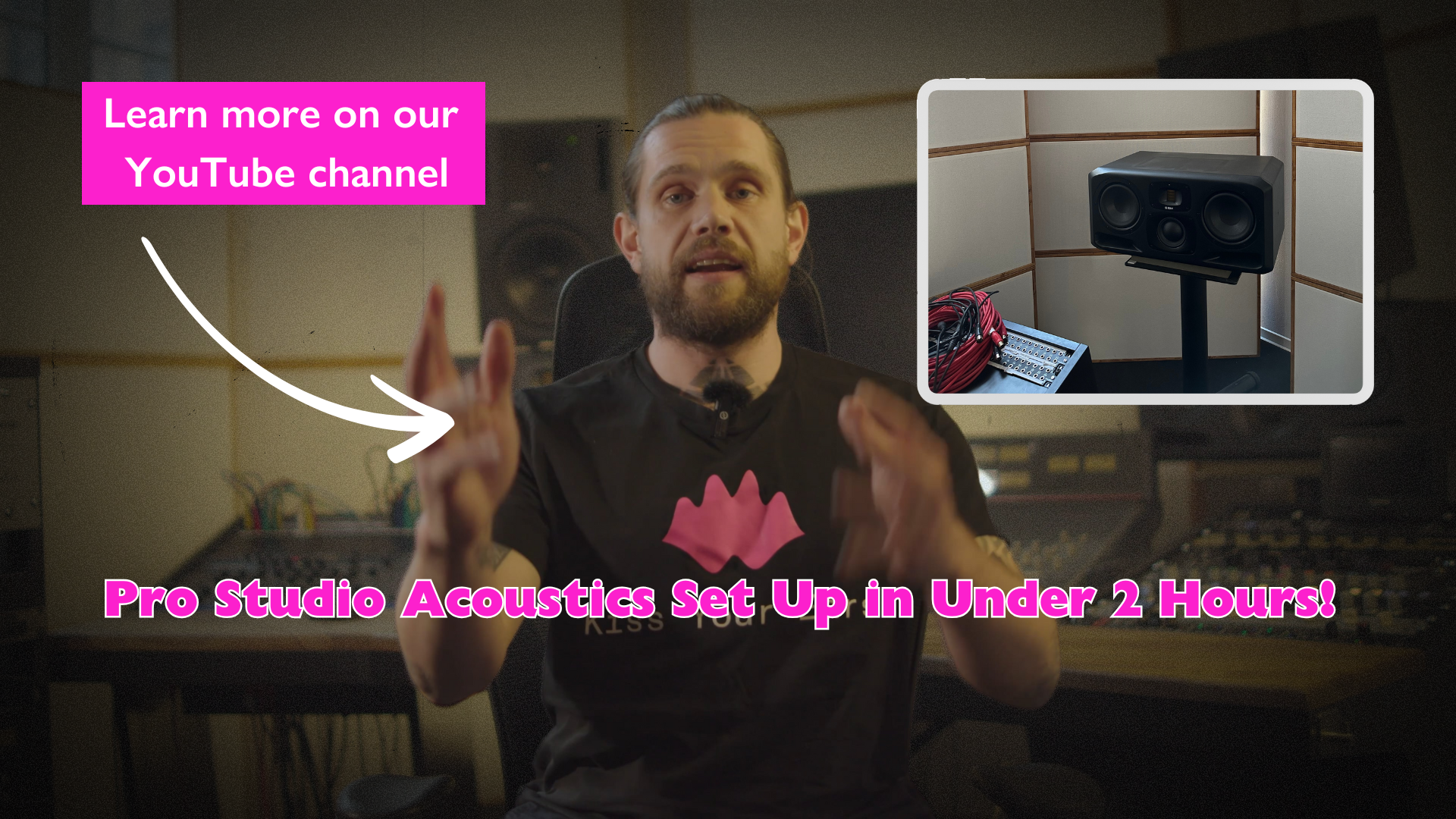Understanding Sound Levels
LOUDNESS! It’s not a relative thing, contrary to what you or your neighbours may think. It has a definition (or rather a couple thereof), and it’s important to understand it if you want to steer clear of damaging your hearing, or work towards improving your audio workflow. There are many many parts to understanding sound levels. You may already be familiar with some terms and concepts, but it’s easily one of the most misconstrued topics that we encounter in the field, simply because it can be understood and represented in many different ways. This document is going to give you a quick run down of the most important concepts to be understood, and make some suggestions for optimising your listening conditions based on the science of hearing.
Logarithmic vs Linear
Firstly, it’s important to consider that whenever you refer to a scale related to the amplitude of a sound wave, it can be represented either linearly or logarithmically. This is because the human ear functions very much in a logarithmic fashion, whereby the threshold of perception occurs at a doubling of level. This means that the logarithmic scale is a great tool to represent the very broad range of perception that the ear can cover in terms of loudness.

Figure 1: Various scales: lin - lin, lin - log, log - lin, and log - log. (Wikipedia source).
Loudness vs Intensity
These two are not interchangeable, though they were once thought to be the same thing! Loudness refers to the psychological perception of sound relative to the function of human hearing (pressure given in Pascals), whereas Intensity is a physical quantity which measures the units of sound energy moving through an area in a unit of time (Watts per meter squared). The first is dependent on an organic perceptive element, whereas the latter is just an arbitrary measurement of physical phenomena moving through mass.
Ever heard of Fletcher and Munson? They wrote a pretty neat paper about this topic back in 1933 entitled “Loudness, its Definition, Measurement and Calculation”. What Fletcher and Munson found out was that the human ear does not perceive loudness equally across the frequency spectrum, and that for very low and high frequencies, a greater sound pressure level is required to hear them with the same loudness.

What does this mean for me? Consider the fact that you will hear different frequency bands at different amplitudes according to the sound pressure level. This may have an effect on your production mixing or cutting decisions when listening at different intensity levels!
The dB’S: dBFS, dBSPL, dBV, dBU etc.
The decibel is a unit of measurement that logarithmically represents a change between two ratios of power. For example, a logarithmic scale that is factored by 10:1 or 20:1. It is a standard unit of measurement in audio engineering because it can cover a large range of levels, just like the human ear, and it can be represented in and converted to many applications be they electrical, digital or physical.

How should I be levelling my audio for recording and listening? What about headroom? How much and where? Understanding this can take a bit of time, yet it’s important to know that there are operating level standards for each scale and its serving purpose (taken after ITU EBU R 128). Once everything is in the box, the same rules don’t apply, it’s just a matter of capturing your audio properly the first time without clipping.

Tip! You should try to calibrate your system using a pink noise signal generated in your DAW at -18dBFS so that your reference monitor may produce 78dB SPL (A) in your sweet spot. Mark down where that level sits on your main mix or master fader, and give yourself a bit of headroom for the moments you want to feel a little bass in your chest.
Measuring and Weighting Sound Pressure Levels
There are not only many ways to define Loudness, but to measure it too. The most commonly used weighting or scale, recommended by the international standard for noise measurements IEC 61672, is the (A) weighting. The (A) weighted SPL measurement tries to account for the way that the human ear functions with respect to its lack of sensitivity in perceiving low frequency content. (A) weightings are used in noise measurements too. If you have ever had to fight off a noise complaint, you might know that one would have to prove grounds for disturbance based on this scale. The second most commonly used scale is the (C) weighting, which is a slightly more linear scale, commonly used in measurements and system calibration. (B) and (D) have fallen out of use, so it’s really just (A) and (C) that you need to know about.

Figure 3: A graph of the A, B, C and D weightings across the frequency spectrum. Wikipedia creative commons.
Healthy and Dangerous Sound Pressure Levels
Inside of the inner ear and cochlea is a circular spiral or strip known as the basilar membrane. The basilar membrane houses the infamous Organ of Corti - a band of hair cells that trigger the electrical impulses which are then delivered to your brain and perceived consciously as sound. These hair cells are so fine and fragile, that with time and exposure to stress they begin to fray and lose their elasticity, so that they no longer trigger an electrical impulse to your brain.

Figure 4: cross section through the spiral Organ of Corti (Henry Gray 1918).
This is extremely unfortunate because there is actually no effective cure to hearing loss. Due to the miniscule nature of our auditory system, surgery is virtually impossible, and other treatments such as steroids are ineffective. This means that you should ALWAYS pay attention to the operating level with which you are working, and be conscious of how long you can be exposed to that level before doing permanent damage to your ears.
Hearing loss is relative to two things: the sound pressure level and period of exposure. The following table, taken from the World Health Organisation, outlines permissible noise levels for daily exposure. Or in other words, it shows how long you may be exposed to a threshold pressure level before doing damage to your hearing.
 According to this data, you should only stay in Berghain without ear protection for 1 minute and 30 seconds if you want to avoid doing permanent damage to your hearing!
According to this data, you should only stay in Berghain without ear protection for 1 minute and 30 seconds if you want to avoid doing permanent damage to your hearing!
That’s why stationary sound field levels for critical listening and audio production should be kept well under 90 dB (A). Ideally, you would even want to work under 80 for the majority of your time, and then take breaks before and after adjusting your main mix to louder levels.






